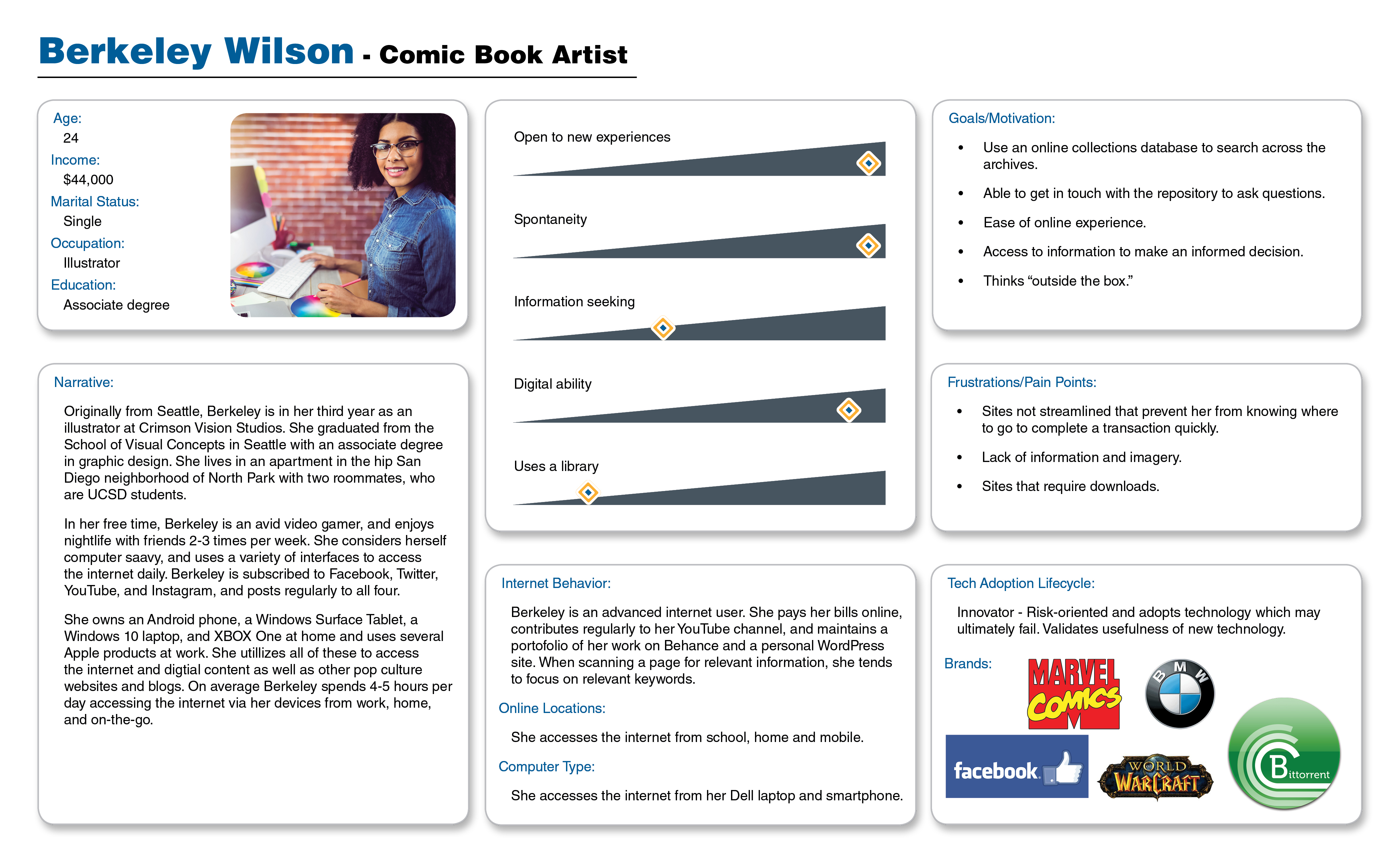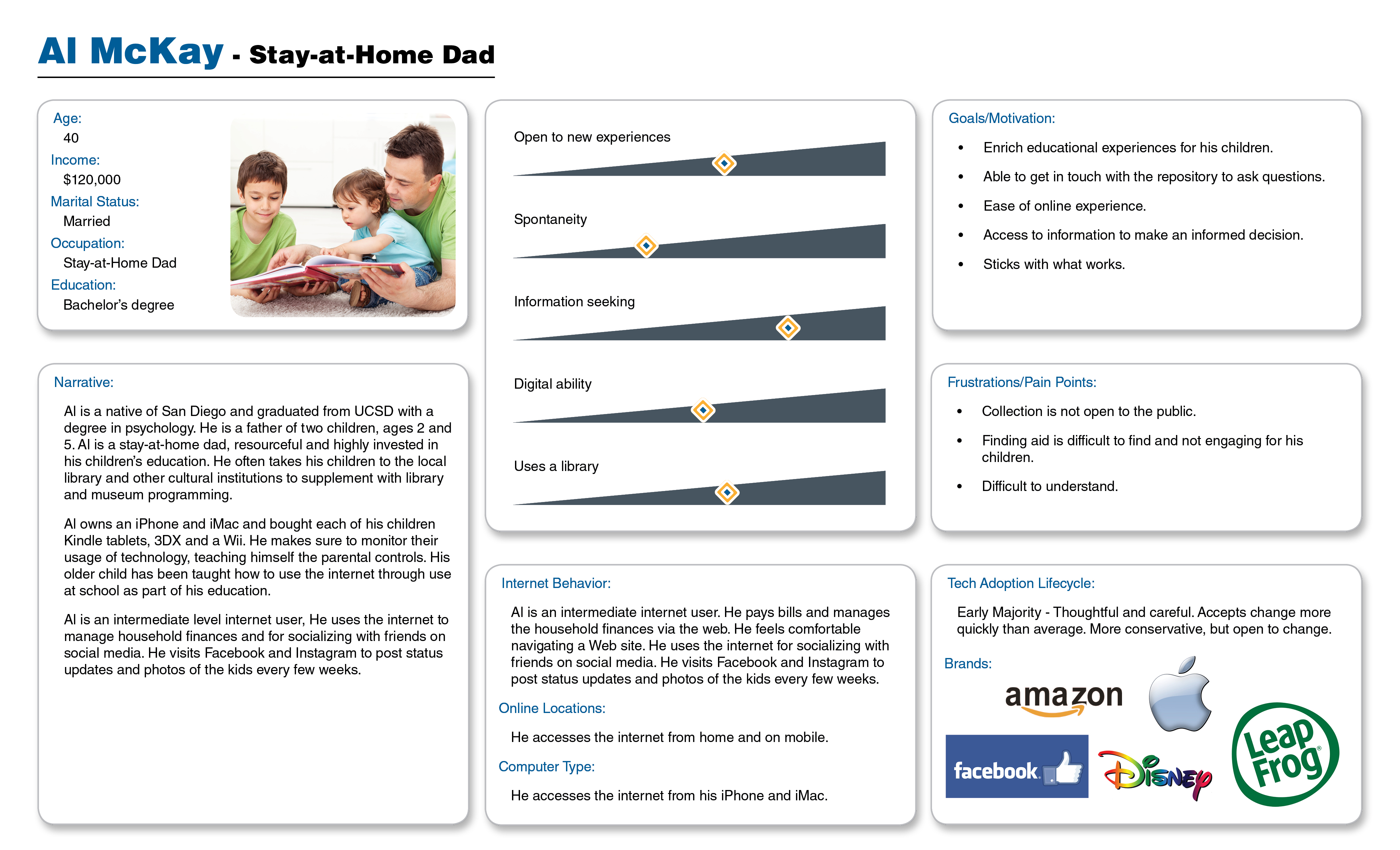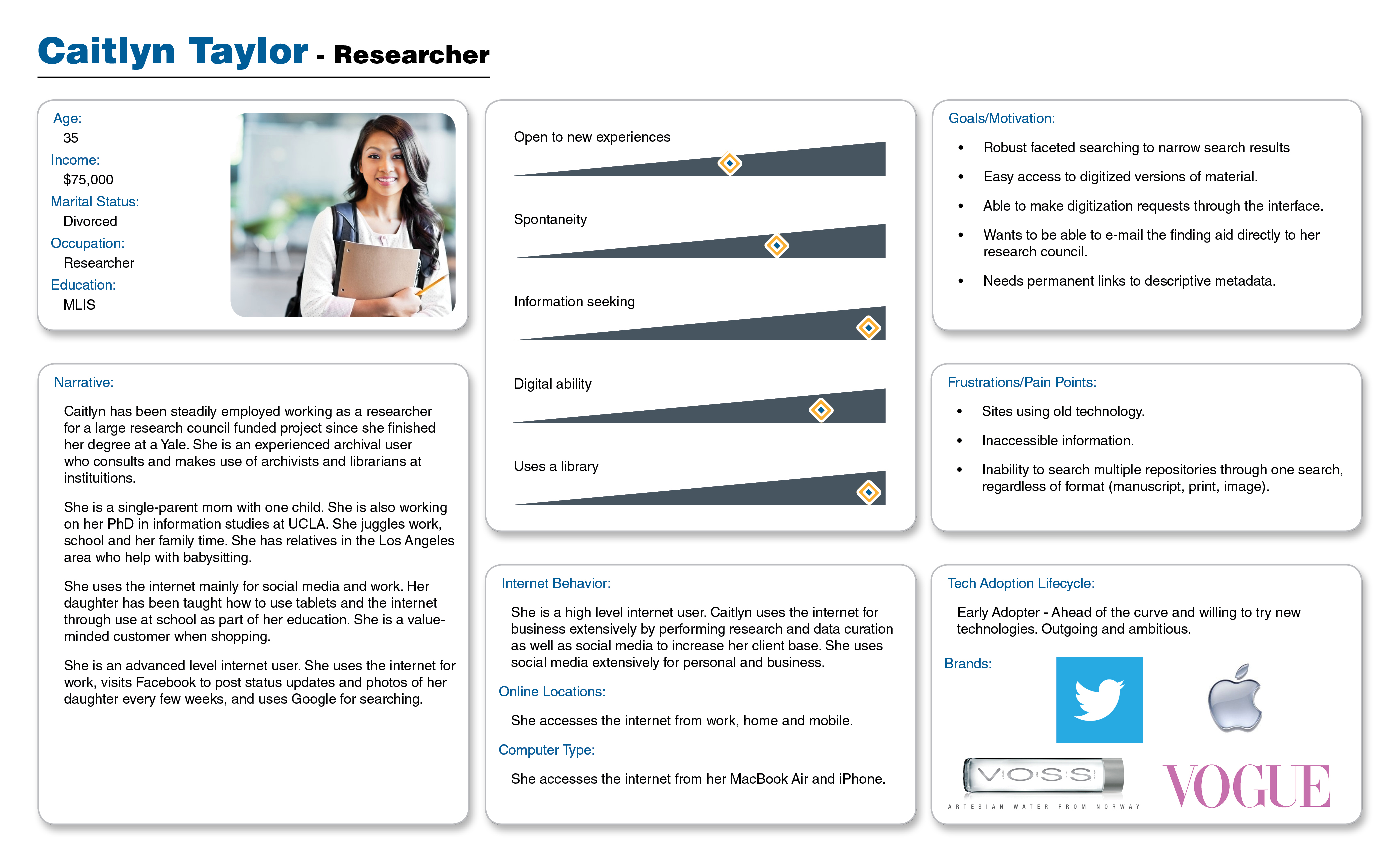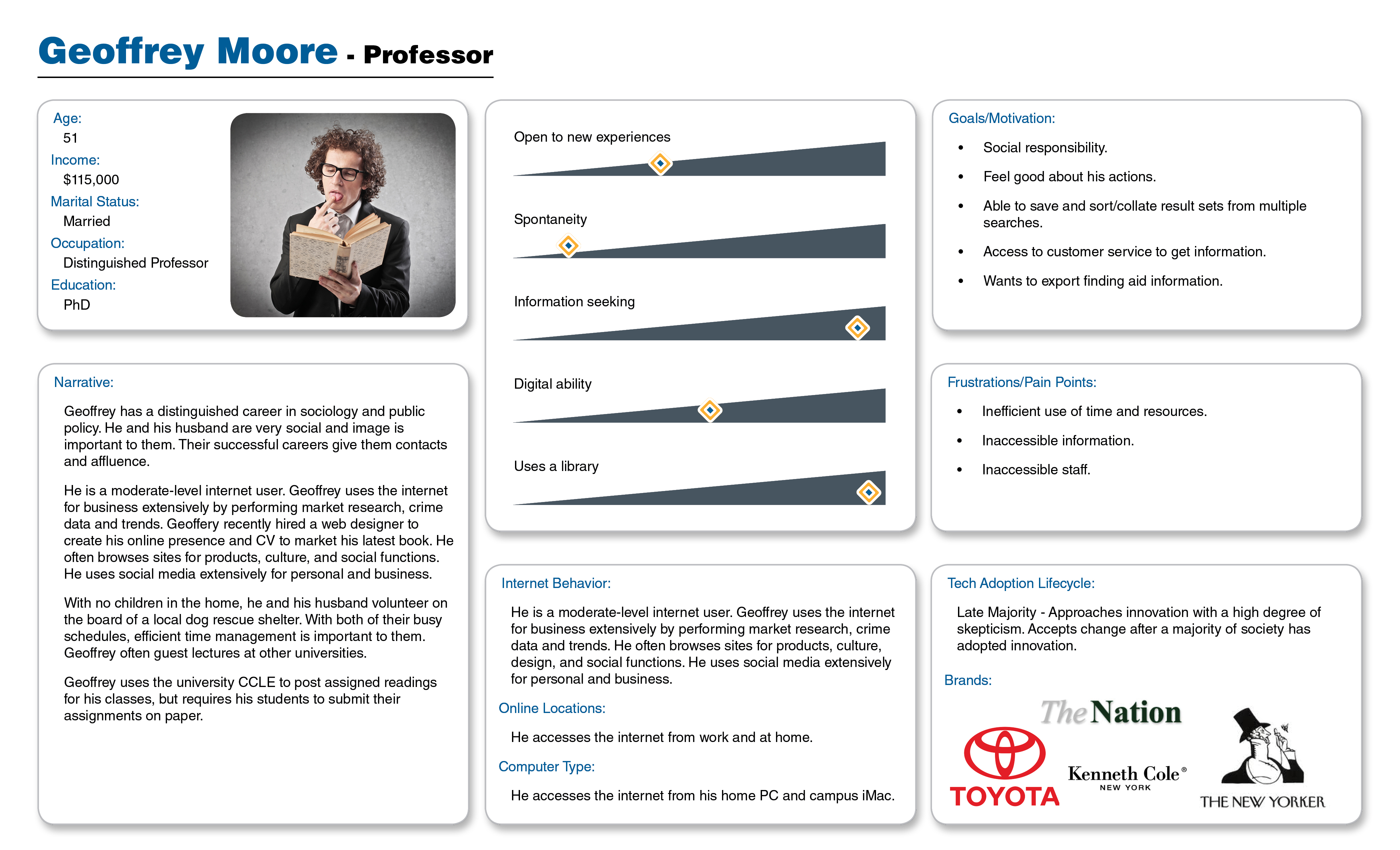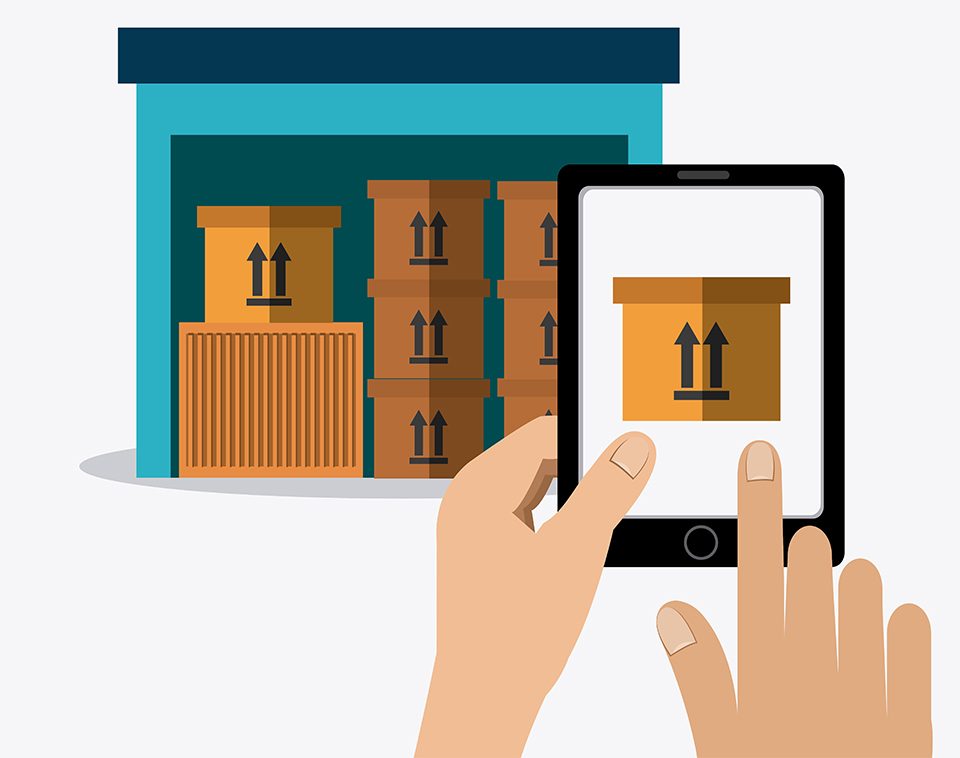Dr. Seuss Finding Aid
/ Team
Alba Edesa / Julian Gautier / Kip Holcomb / Simon Zou
/ Task
This project analyzed and critiqued the existing standard format for archival finding
aids, and to propose a new interface design that will make online finding aids more effective resources
and guides, and more effectively communicate the contents and significance of the collections they
describe, for a wide variety of potential users.
/ Goals
-
Create a finding aid that is accessible, fun and easy to use for the collection’s likely users.
-
Encourage exploration.
-
Create a data visualization that is intuitive to navigate, takes advantage of the hierarchical data,
and communicates visually how different items are related to each other categorically as well as
communicate physical size and proximity.
/ Background
Finding aids are key tools for people who work with archives or special collections of many types of
cultural materials, across all kinds of institutional and community settings. However, finding aids have
not made a good transition to the online world. Most are still static documents that list items in a
collection, and describe their sources and whatever key features of the items and the collection seem
most relevant, depending on who is describing them, who owns or has custody of the collection, and who
else might be interested in it. Although professional groups like the Society of American Archivists and
others have set guidelines and standards for preparing finding aids, their formats are not always
user-friendly for anyone except specialists. They are seldom designed to take advantage of the visual,
hyperlinking, and tagging capacities, or the social connections and shared knowledge among people with
interests in the materials or collections, supported by online information systems and media platforms.
/ Dr. Seuss Collection
The Dr. Seuss Collection housed at the Mandeville Special Collections Library at UC San Diego is
comprised of approximately 8,500 items documenting a wide range of Seuss’s life and creative works
beginning from his high school activities in 1919 to his death in 1991. The diverse collection ranges
from drafts and artwork from his well-known children’s books to scripts, storyboards, production notes
for screenplays, and many other works related to Dr. Seuss’ life. Due to the nature of this collection
and its subject matter, this finding aid appeals to audiences outside of the traditional archival user
base. While the existing online finding aid for the collection does provide some interesting features,
the finding aid is essentially a lengthy, hierarchically structured text document.
/ Analysis
The Seuss Collection’s existing online finding aid does improve upon the standard online finding aid
with a static navigation menu and collapsible sections to reduce cognitive load. It also lets users more
efficiently request items from the finding aid page, and permits access to the finding aid’s underlying
data and structure, usually in XML, thereby granting users some control. However, its design is still
limited by many of the same weaknesses shared by other online finding aids.
The increased standardization of collection description improves interoperability, so that finding aids
can be displayed in ways that make sense in different systems. Some aids take advantage of the
technological advances and web conventions users rely upon and have come to expect. Despite this,
finding aids remain:
-
Difficult to learn: The standard finding aid does not align itself explicitly with any “real world”
systems with which users are already familiar. It does not attempt to conform to the mental models
of potential users. Instead it is designed with a model of the “intended user,” which all other
users must learn.
-
Text heavy: As the web morphs into an increasingly visual medium, many types of users are reluctant
to read so much text to orient themselves and navigate to material.
-
Static and uncontrollable: Finding aids are very hierarchical, and users should be able to
personalize and impose their own order on the material.
-
Isolated: There is often no social component, no way for users to interact with each other, to
benefit from each other’s opinions and discoveries.
-
Unhelpful: Many finding aids do not attempt to anticipate when users need help. As intuitive as the
best designs are, it may be necessary, and is often helpful, to offer explanations.
-
Spatial relationship: It is difficult to get a sense of the size of each part of the collection,
relative to the whole collection.
Persona
/ Process
Any discussion of the redesign of an online finding aid necessitates discussion of its potential users.
In addition to personal narratives and demographic data, the personas include an evaluation of the
users’ goals and motivations, as well as possible frustrations they might experience in their
interactions with the finding aid. Two of our personas, a professor and a researcher, illustrate
profiles of users that are most commonly imagined as visitors to an archive or users of a finding aid.
The remaining two personas, a stay-at-home father and a graphic comic book artist, are representative of
individuals less often imagined as potential users. Reaching a broader audience and encouraging
engagement with non-academics and members of the local community are often important goals for any
archive.
Product Metaphor
/ Process
Human computer interaction and user experience design have always relied on analogies and metaphors to
bring attention to technology’s features and affordances. Metaphors are often used as a tool or method
in the design process to help identify, frame and solve problems. Metaphors can be useful for breaking
away from the limitations imposed by problem constraints, justifying design decisions, and creating an
intuitive language within a design team to perceive design objectives from alternative angles. Using a
metaphor in the end-product is a means to render the values and meanings to a product in its physical
form. In this use, metaphors help to translate abstract concepts into concrete product properties, which
eventually communicate functional, social, psychological, and cultural meanings to users.
-
Nested Russian dolls (matryoshka)
-
Zooming in like Google Maps
-
Boxes in a garage
Solution
/ Process
In reimagining the design of an online finding aid for the Seuss Collection, we made use of an
experiential, intuitive metaphor for conceptualizing what a finding aid represents and the actions it
enables. What we have called the “Box Metaphor”—that is, the representation of the hierarchy of items
listed on a finding aid as boxes within boxes—is a spatial metaphor that not only emulates the physical
space of an archive, but also gives users a quick, immediate sense of what a finding aid represents and
what it should be used for. Building on this metaphor, we made use of dynamic data visualization as a
solution for the design weaknesses of the traditional online finding aid.
Using the open source JavaScript library D3.js, we created a dynamic visualization of the Seuss
Collection finding aid that is simple, intuitive, and easy to understand. The hierarchy of the
traditional finding aid is represented by clickable boxes—only the highest-level categories are visible
at first, then clicking one of these boxes reveals that categories’ sub-categories and so on, until one
reaches the level of individual items. We have also included other features such as simple and
descriptive instruction on how the finding aid works, a feature that allows one to request items by
clicking the boxes that represent them, the ability to see digitized images of the items when available,
and “breadcrumbs” that remind users of where they are currently located in the hierarchy while they
navigate the digital space of the finding aid.
By utilizing this visualization, we have created a finding aid that is more visually stimulating, easier
to understand, and more readily accessible to the non-traditional, non-academic user. Unlike traditional
finding aids, this design encourages exploration, willing users to click around and explore this digital
representation of the collection. It reduces the cognitive load experienced by many users of traditional
finding aids by presenting only the necessary information a user needs as they need it, a stark contrast
to the lengthy, complex, and text-heavy container lists that are more like to intimidate or bore users
rather than empower them to discover information that is meaningful to them.
Prototype
/ Link
A lo-fi prototype can be found here.
(opens in a new tab)

